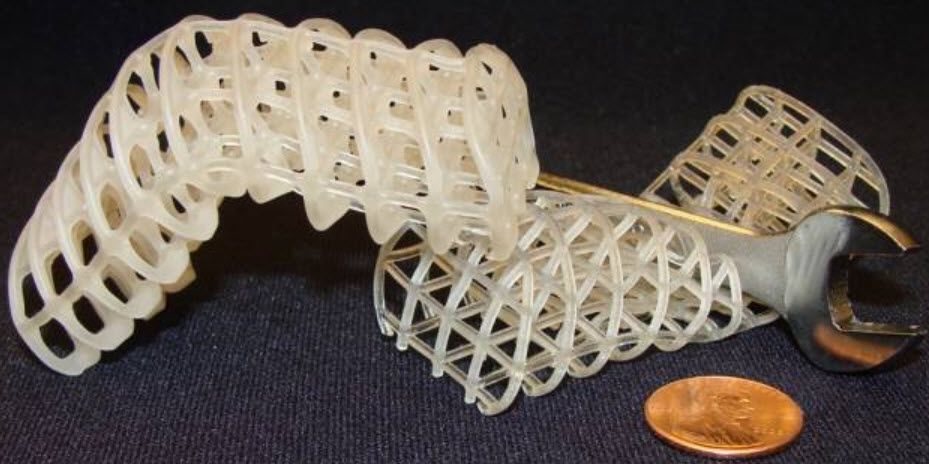Oct 28, 2014
One of science’s most baffling questions? Why we yawn
Posted by Seb in category: biological

Mid-conversation with Robert Provine, I have a compelling urge, rising from deep inside my body. The more I try to quash it, the more it seems to spread, until it consumes my whole being. Eventually, it is all I can think about – but how can I stop myself from yawning?
Provine tells me this often happens when people are talking to him; during presentations, he sometimes finds the majority of his audience with their mouths agape and tonsils swinging. Luckily, as a psychologist at the University of Maryland, Baltimore County and author of Curious Behavior: Yawning, Laughing, Hiccupping, and Beyond, he isn’t offended. “It makes a very effective lecture,” he says. “You talk and then the audience starts yawning. And then you can ask people to experiment on their yawns – like closing the lips, or inhaling through clenched teeth, or trying to yawn with the nose pinched closed.”















